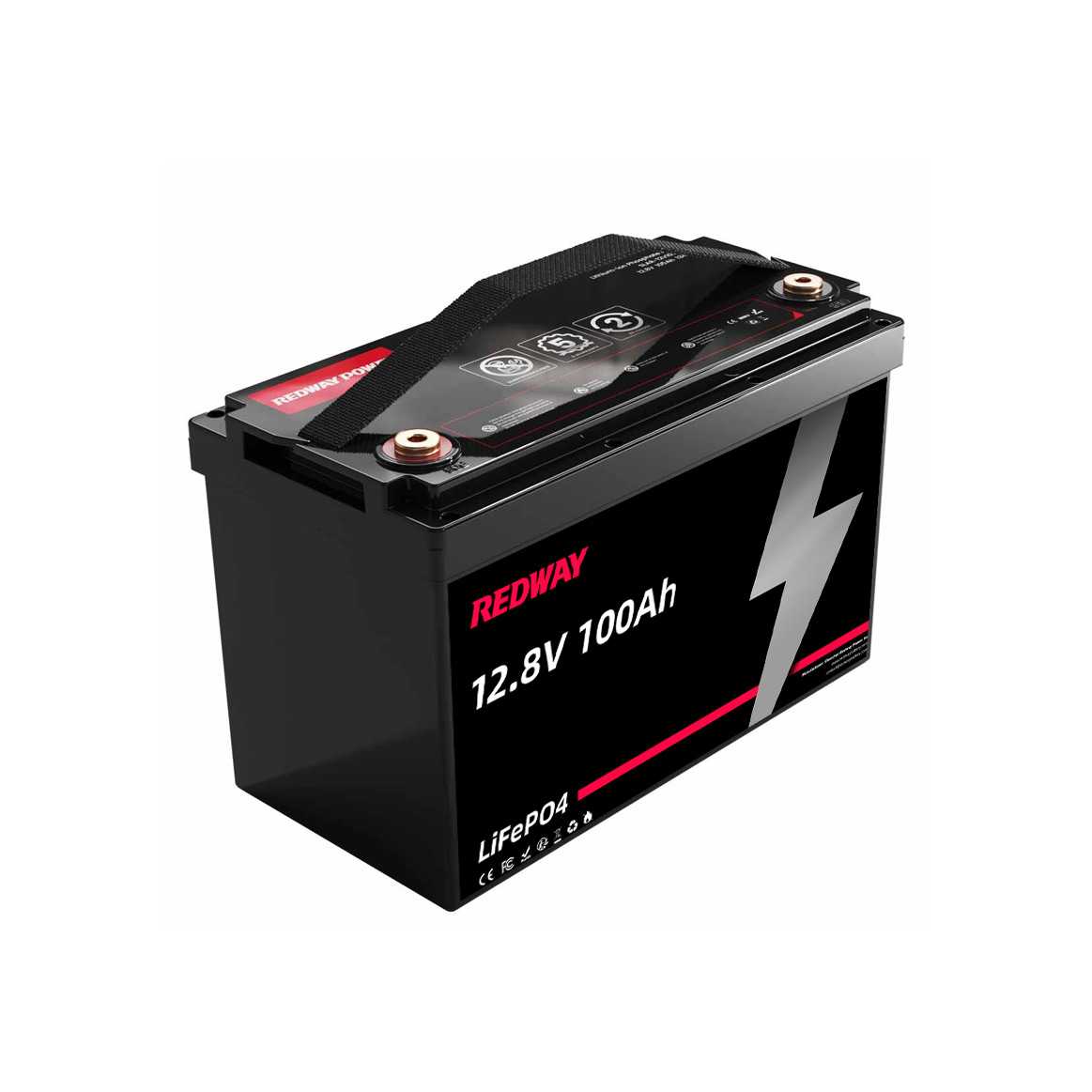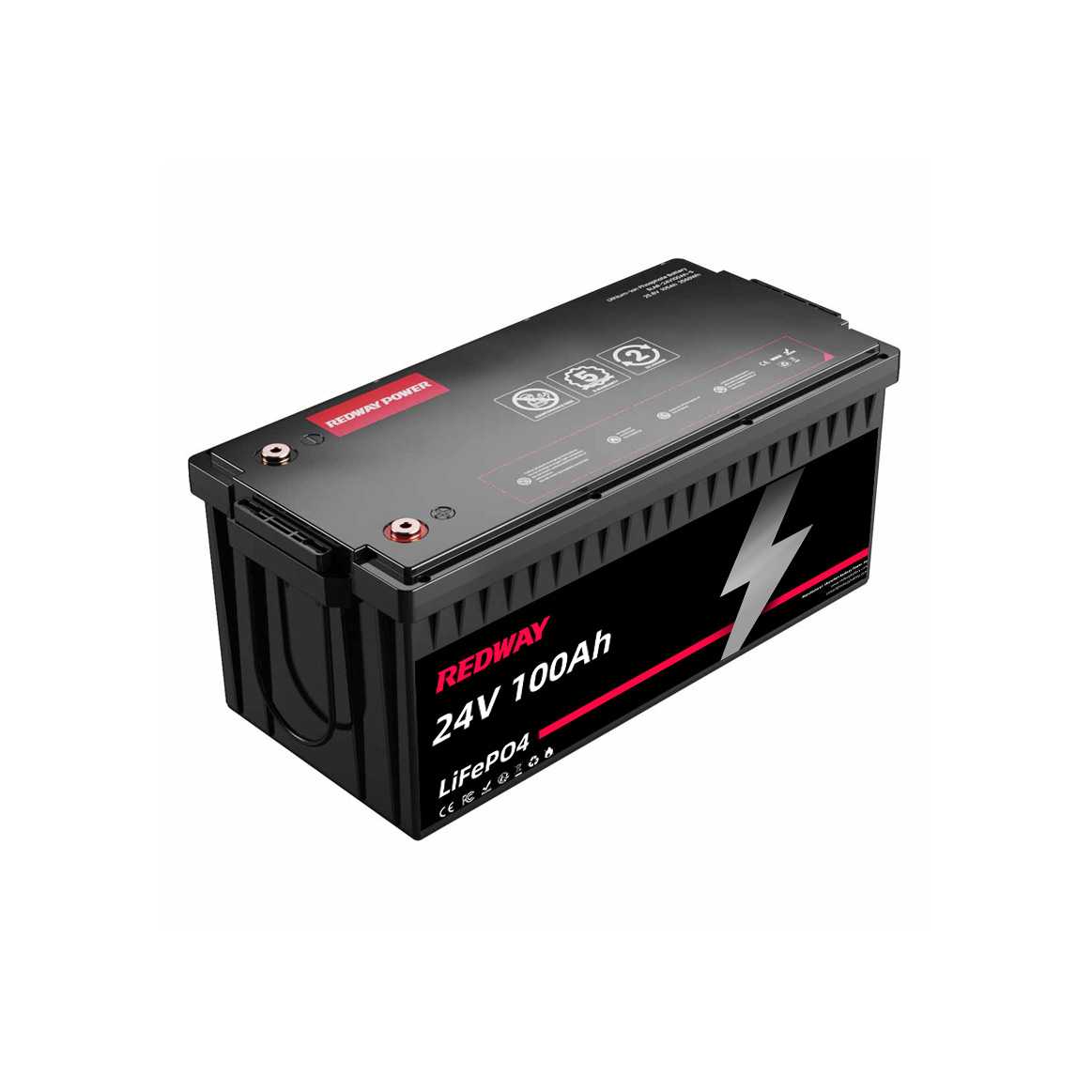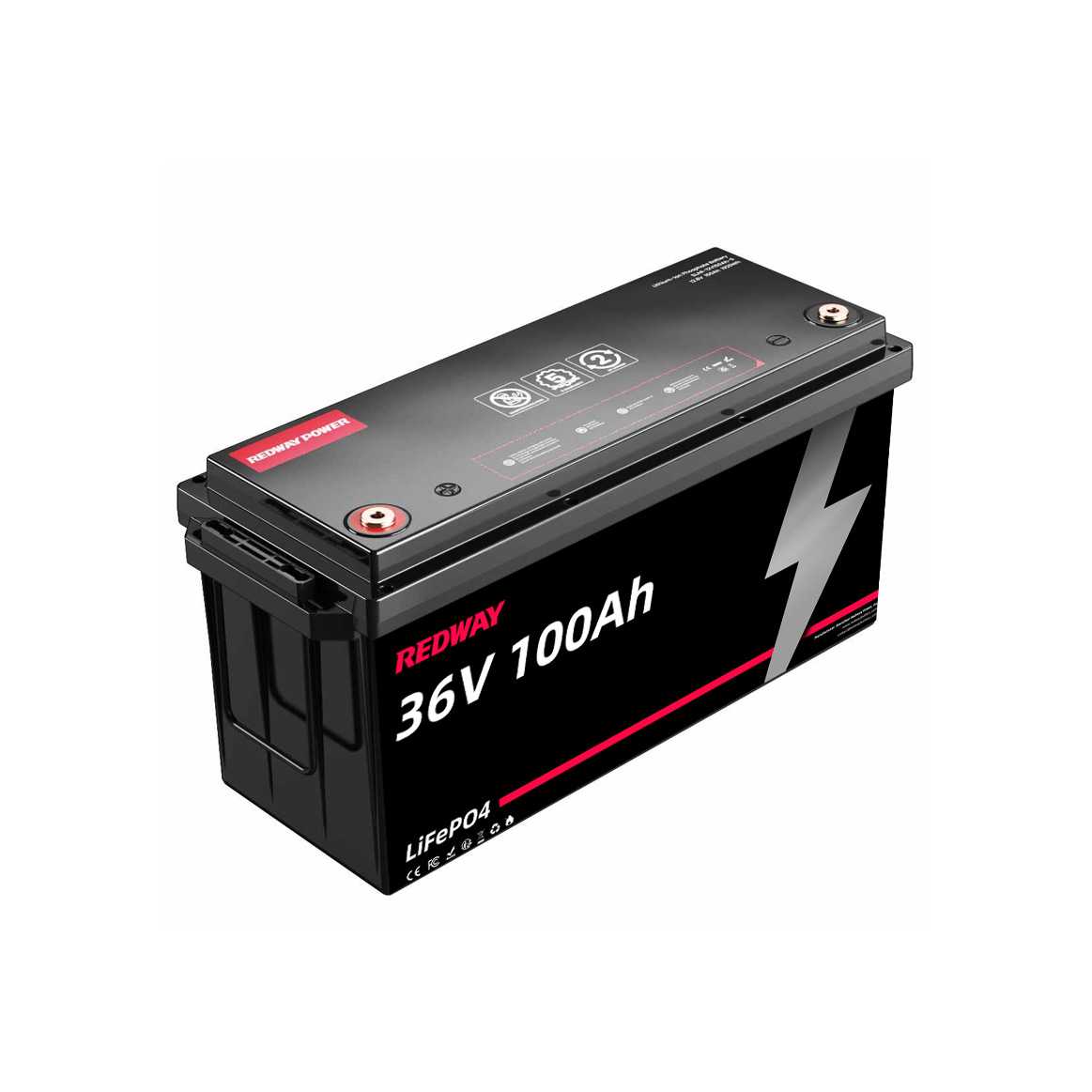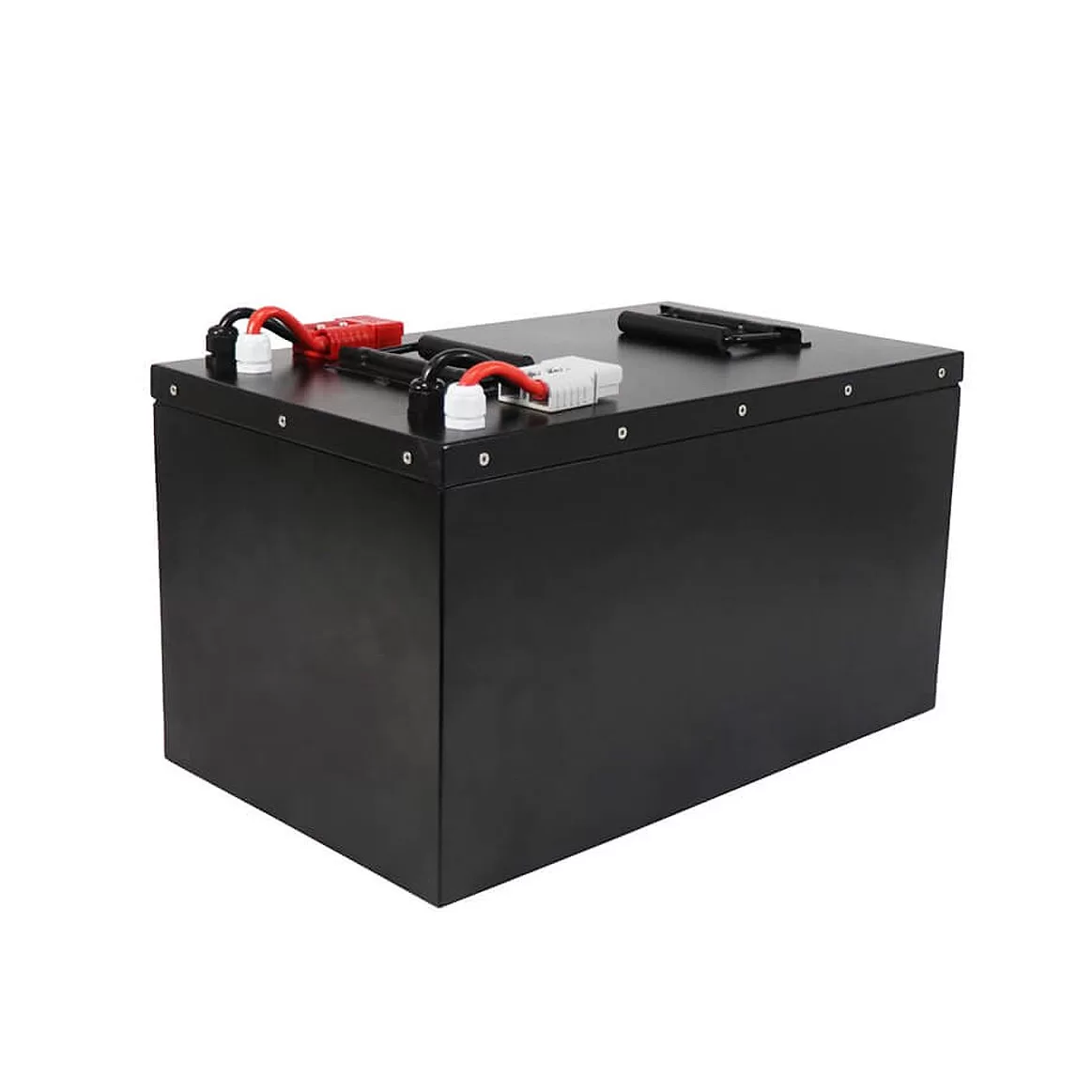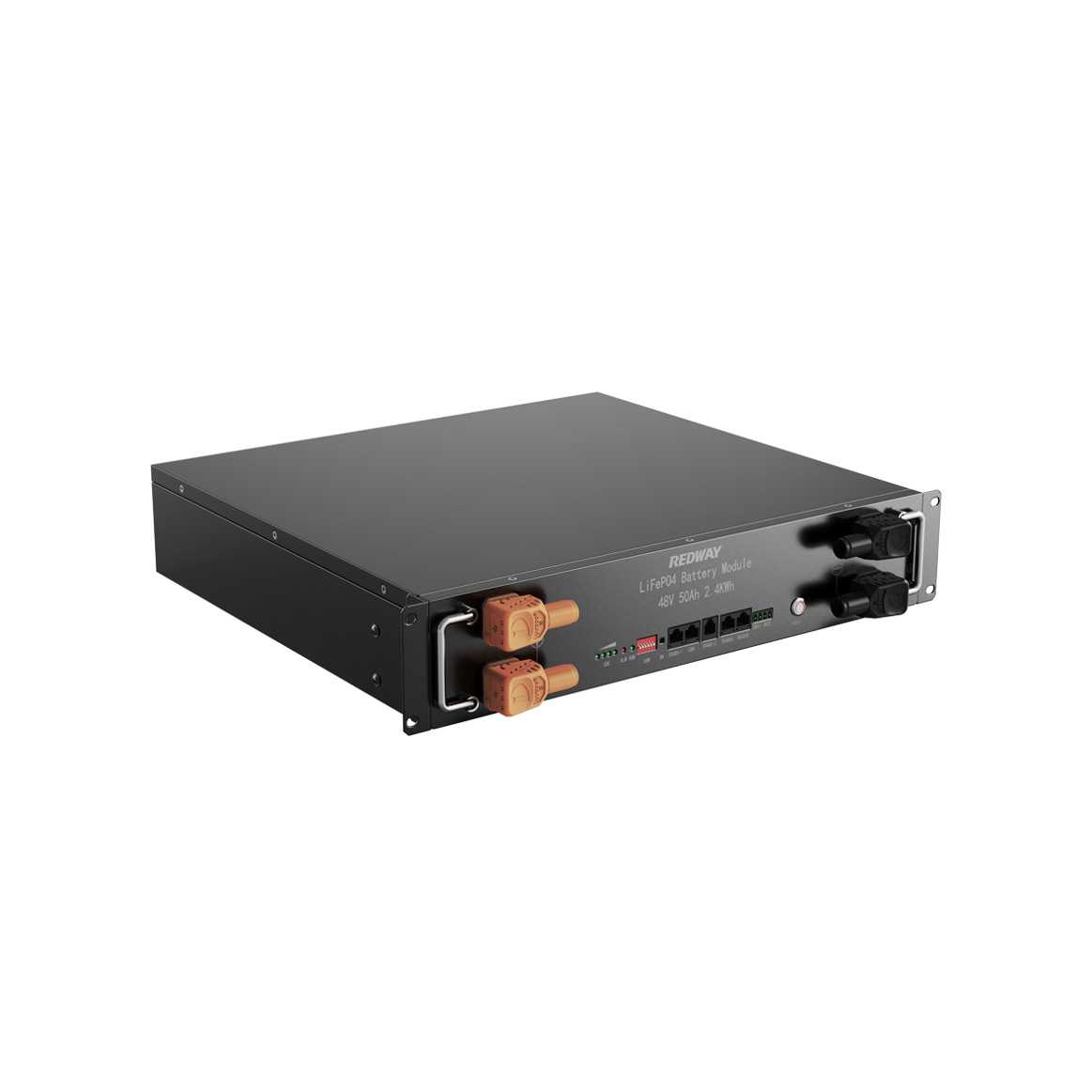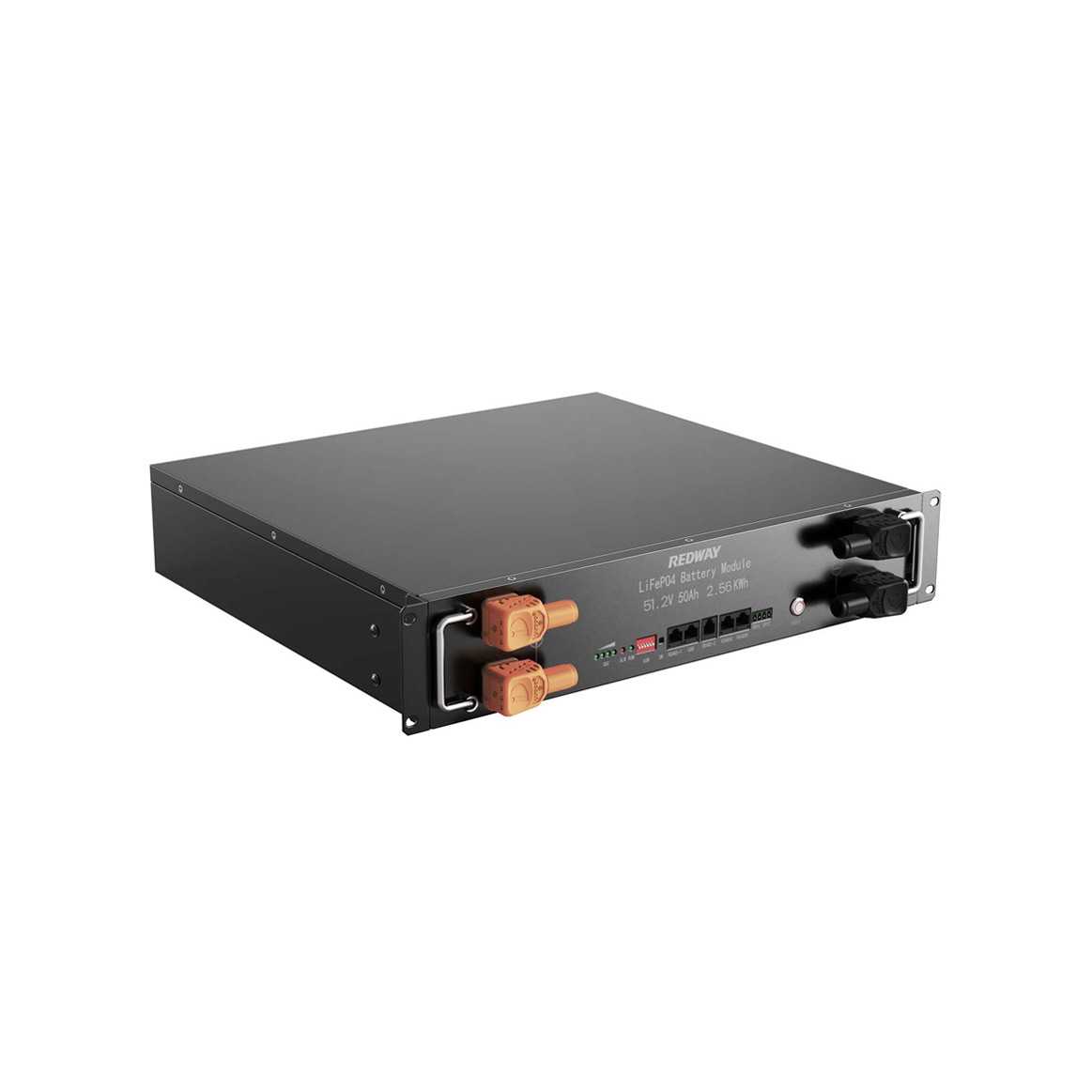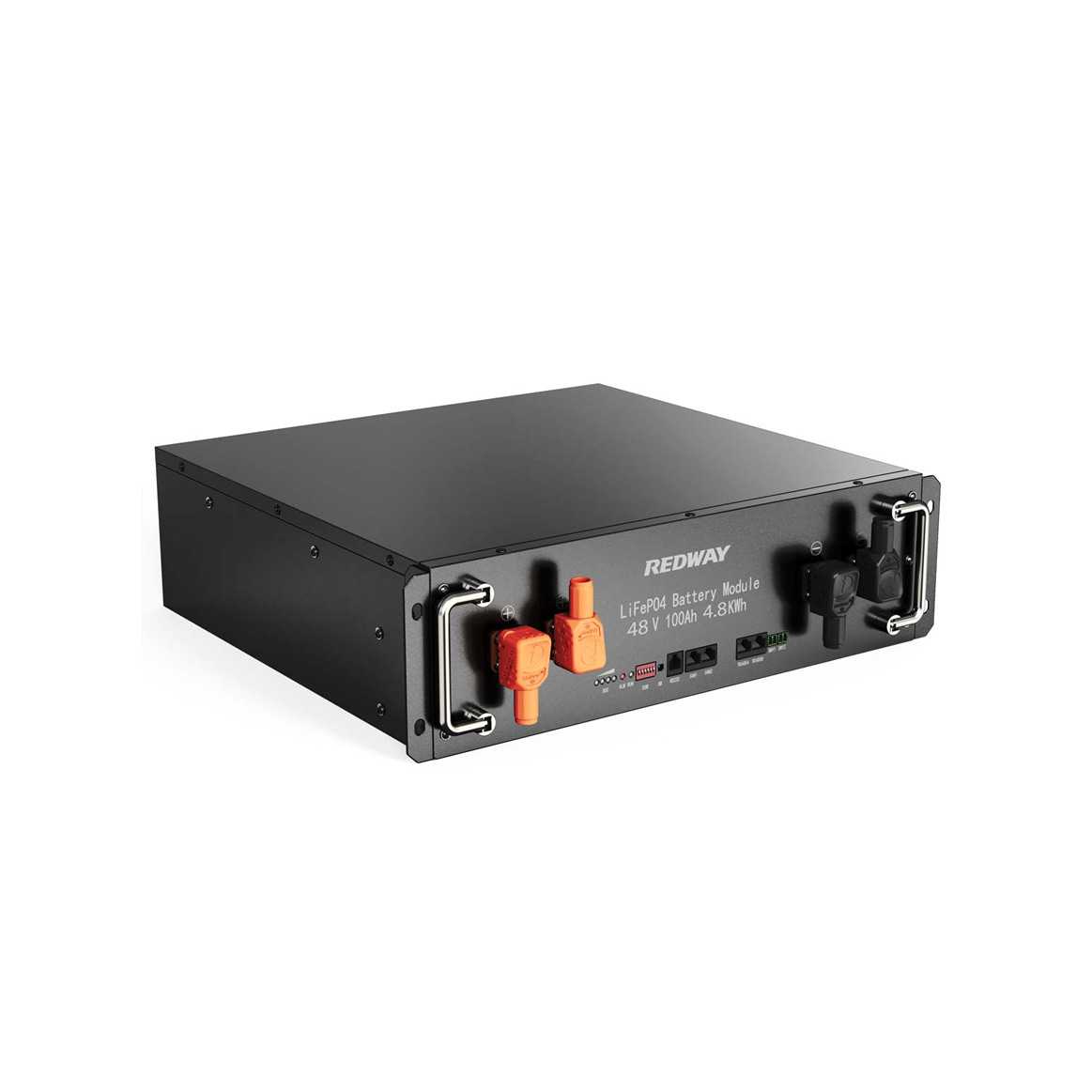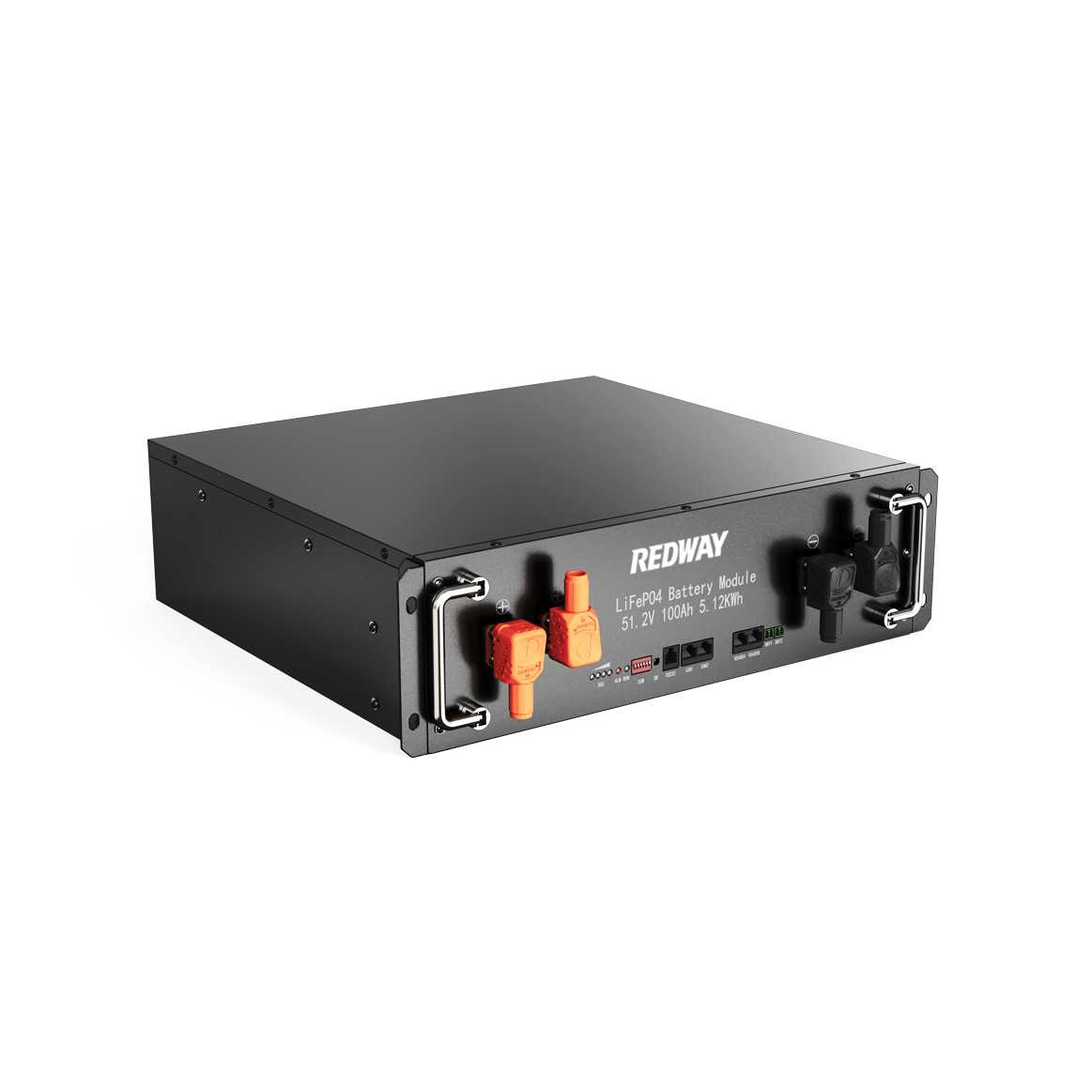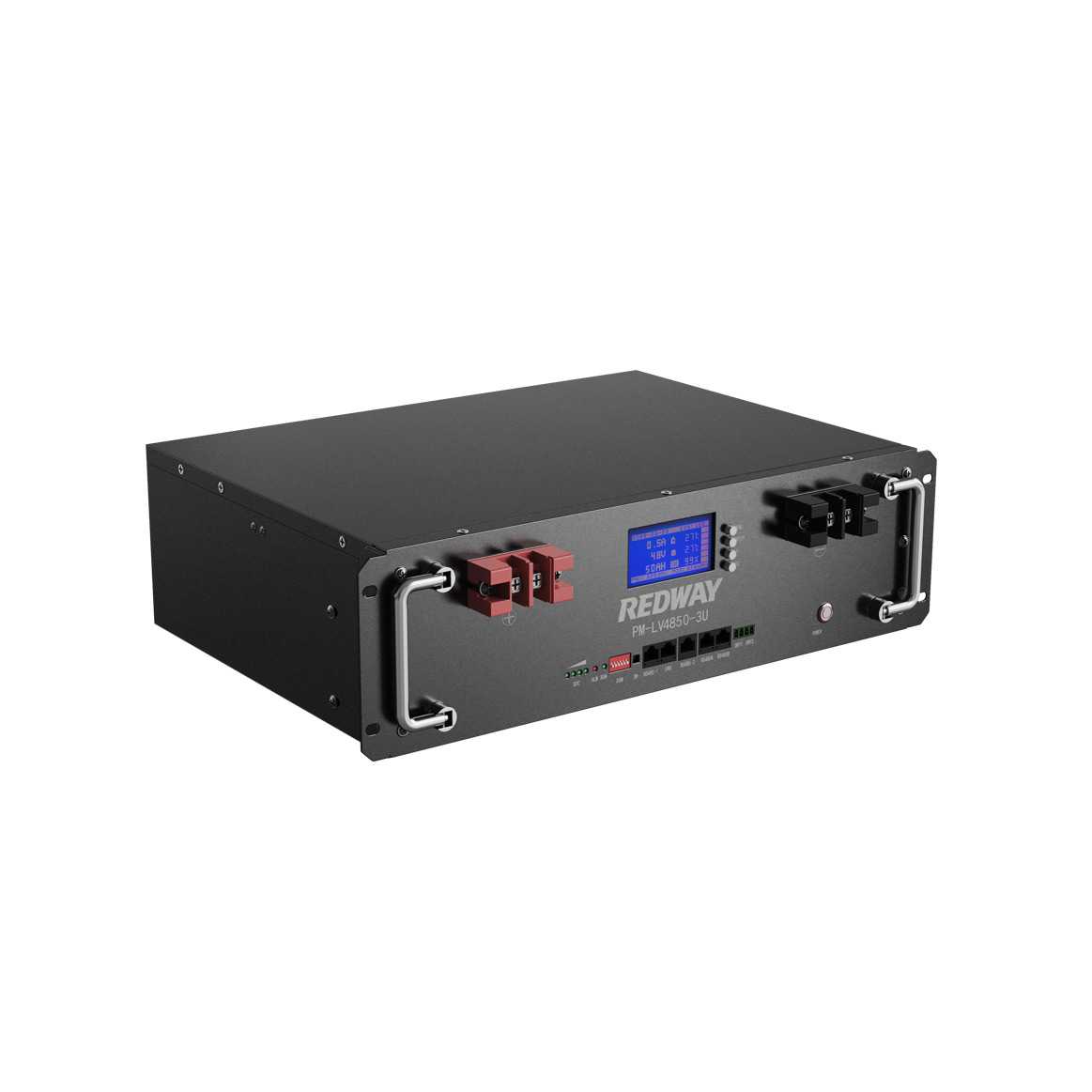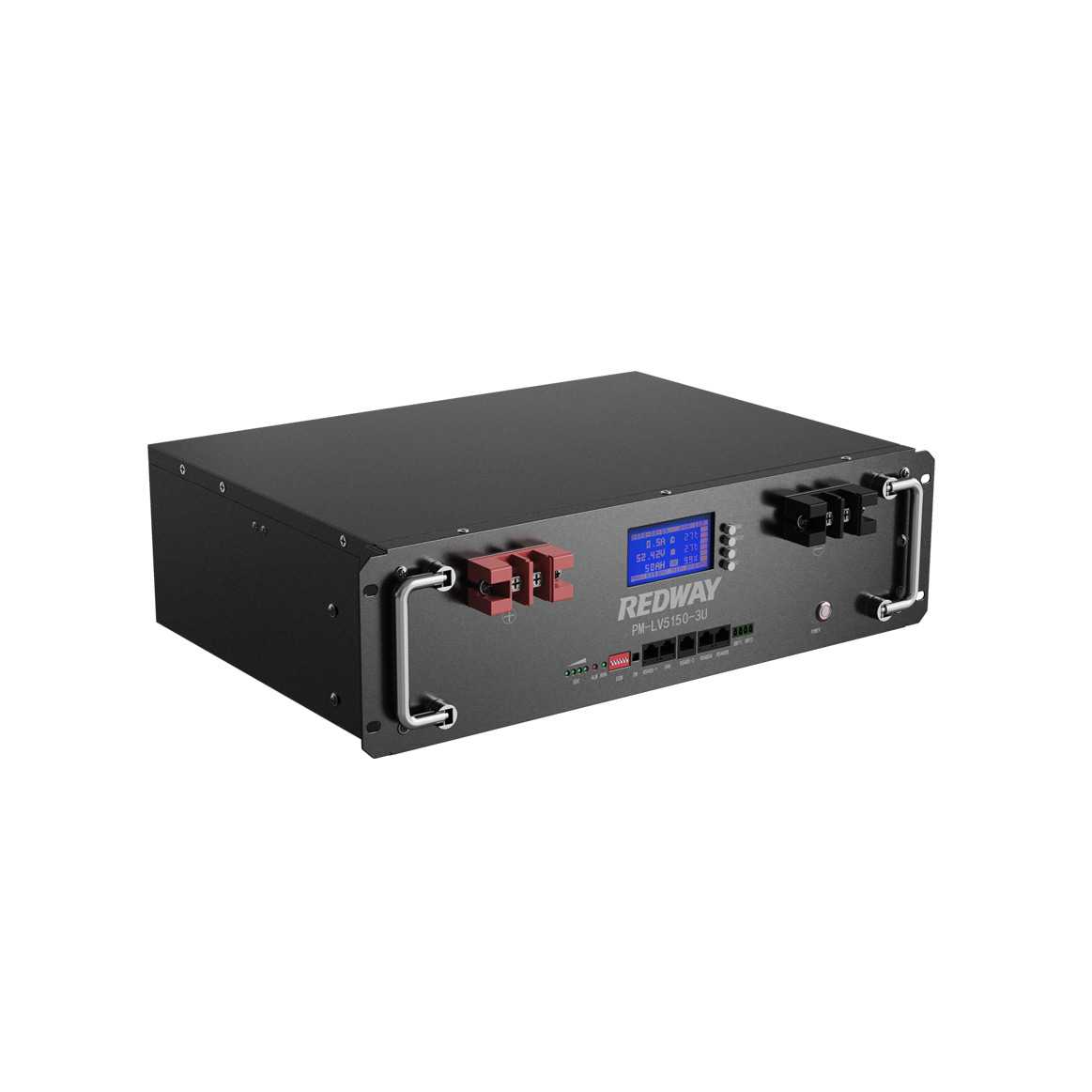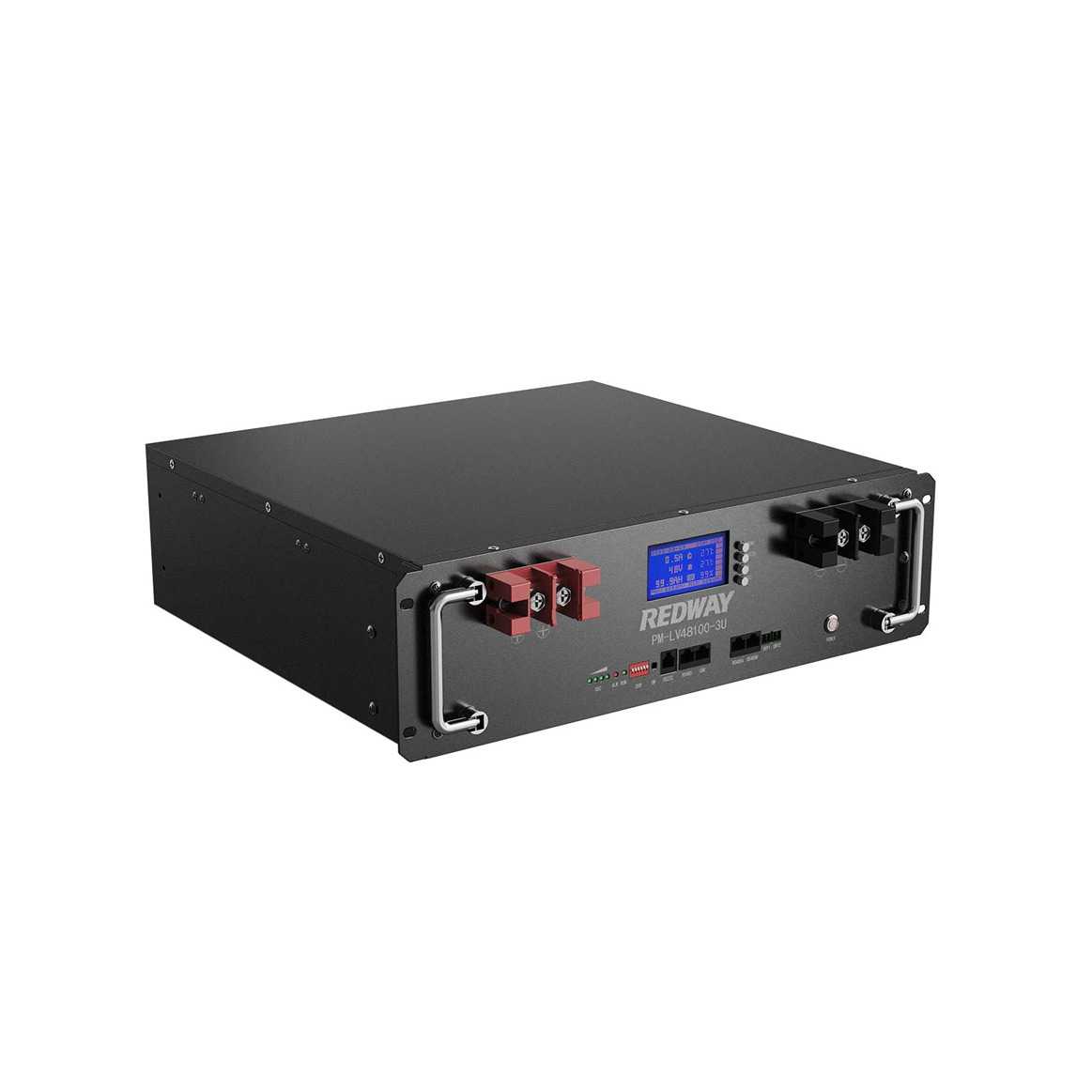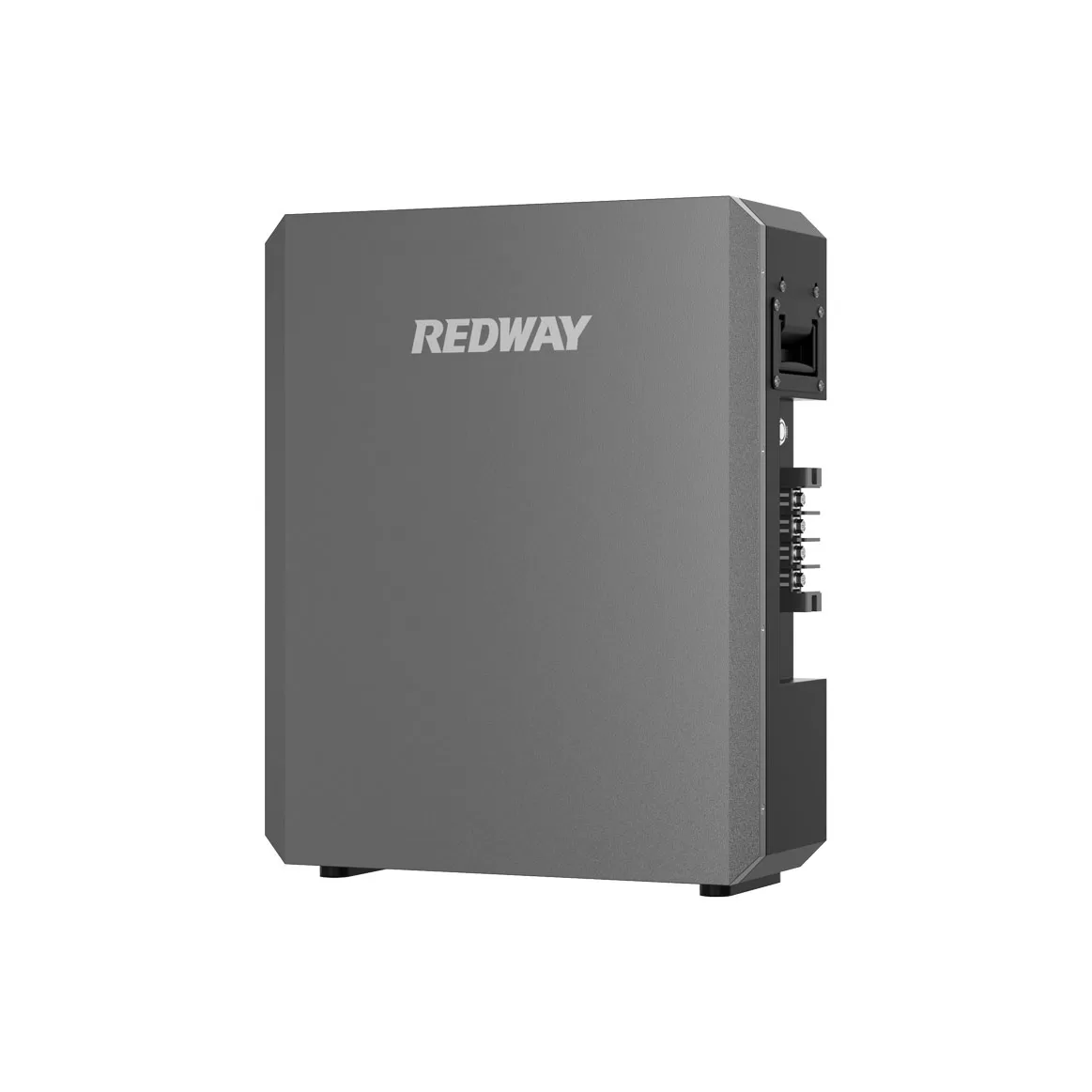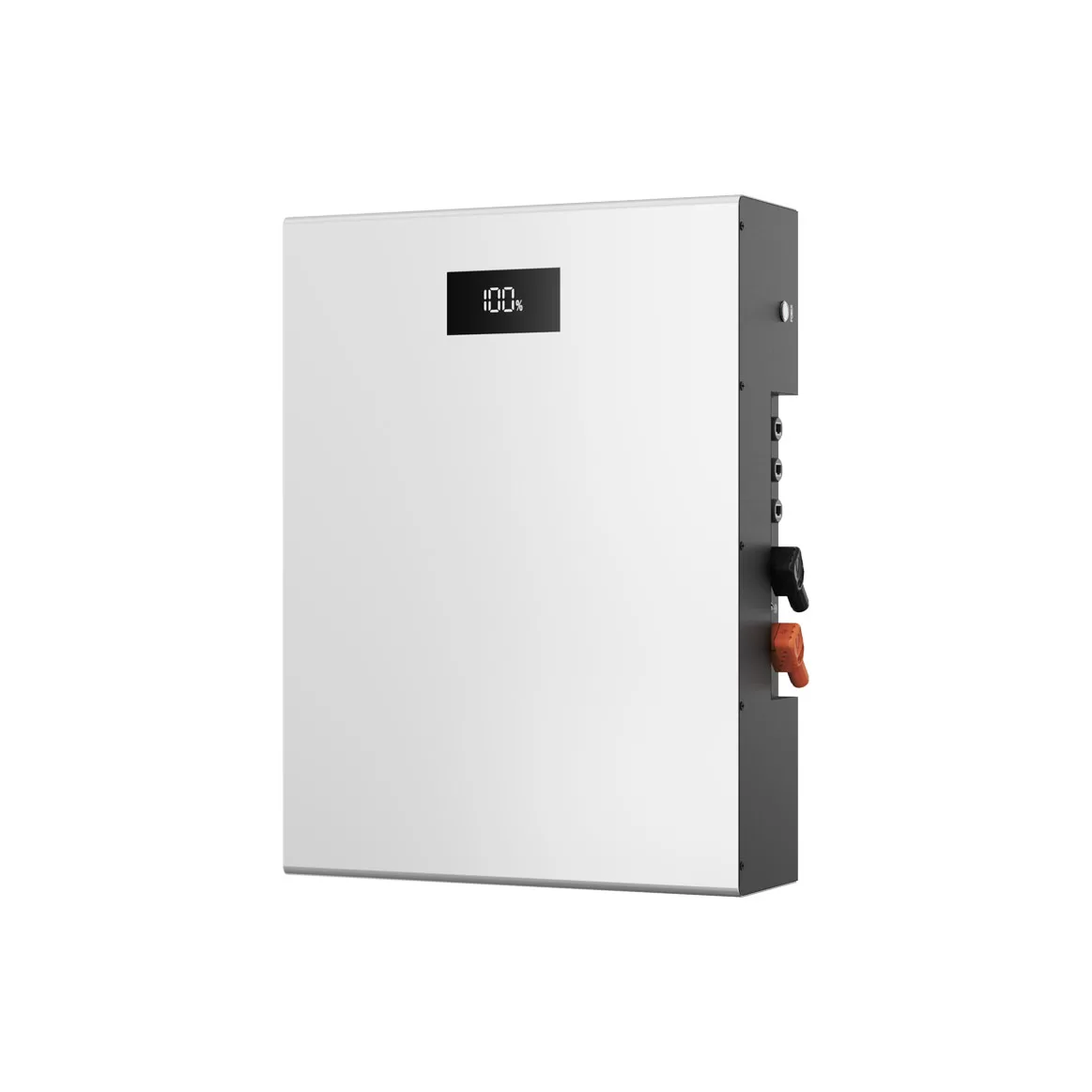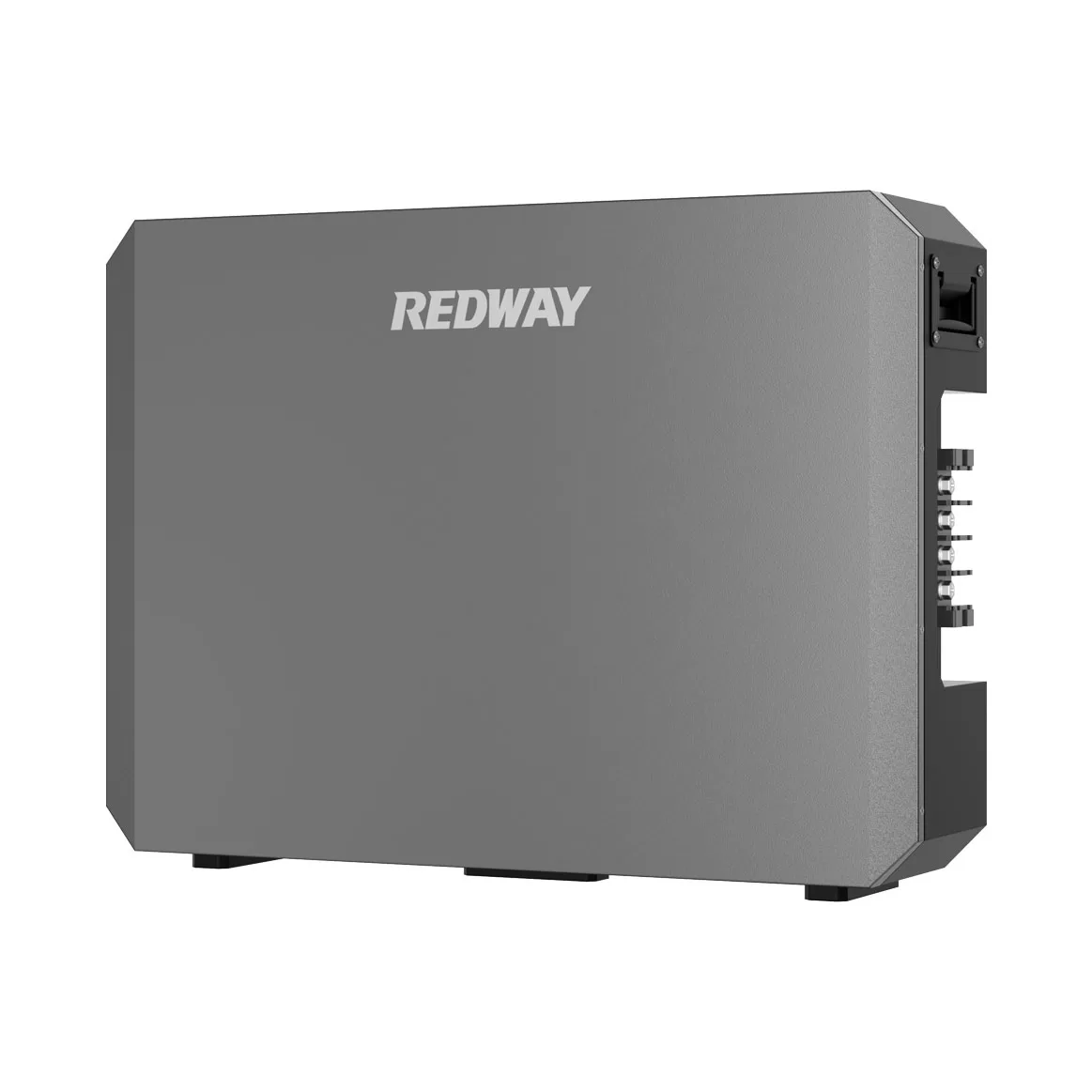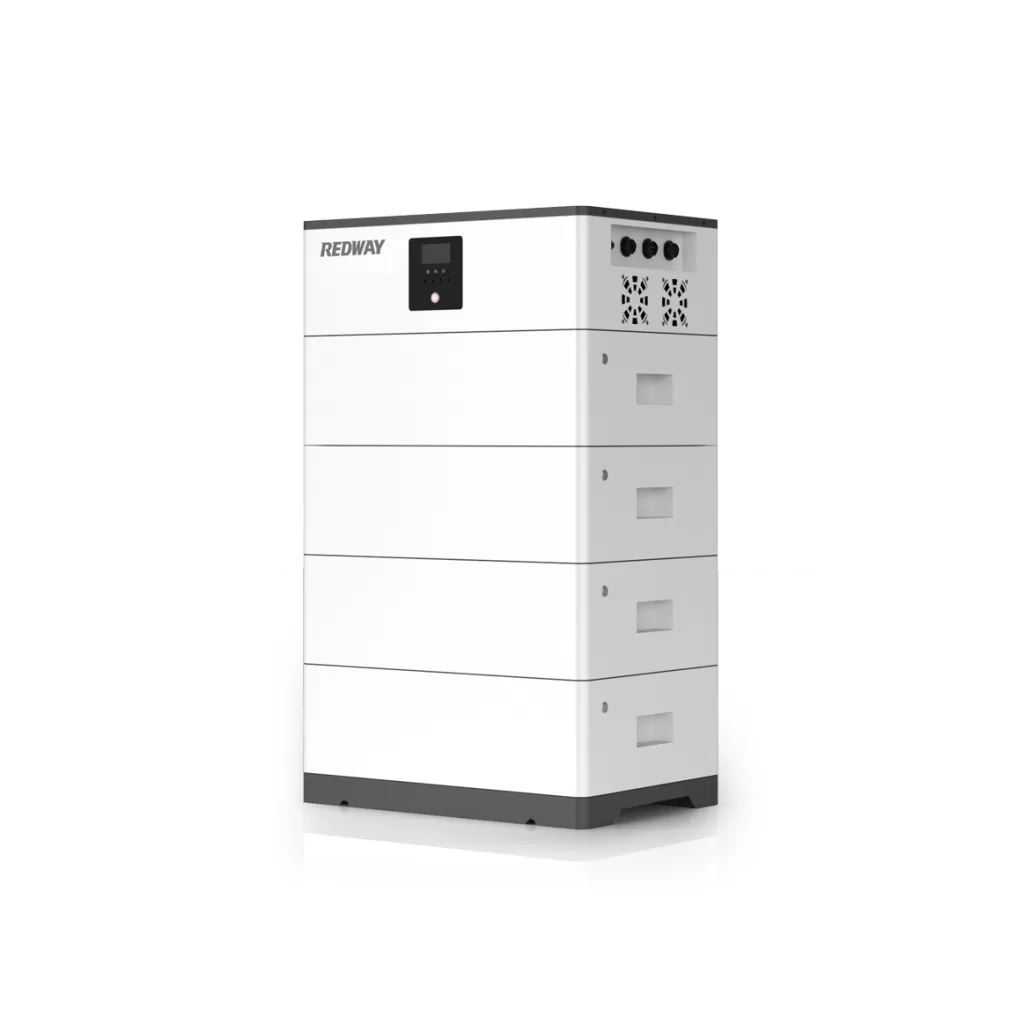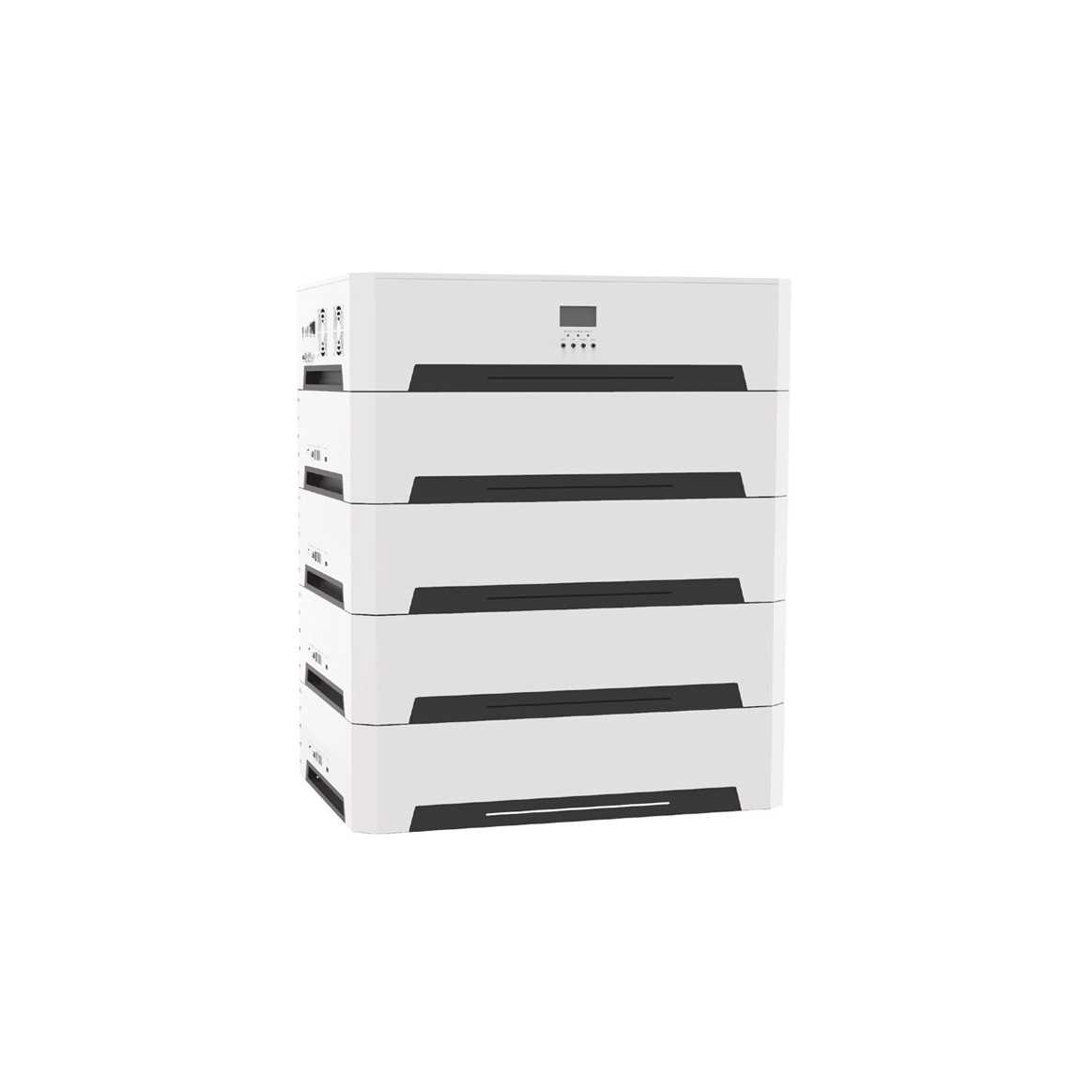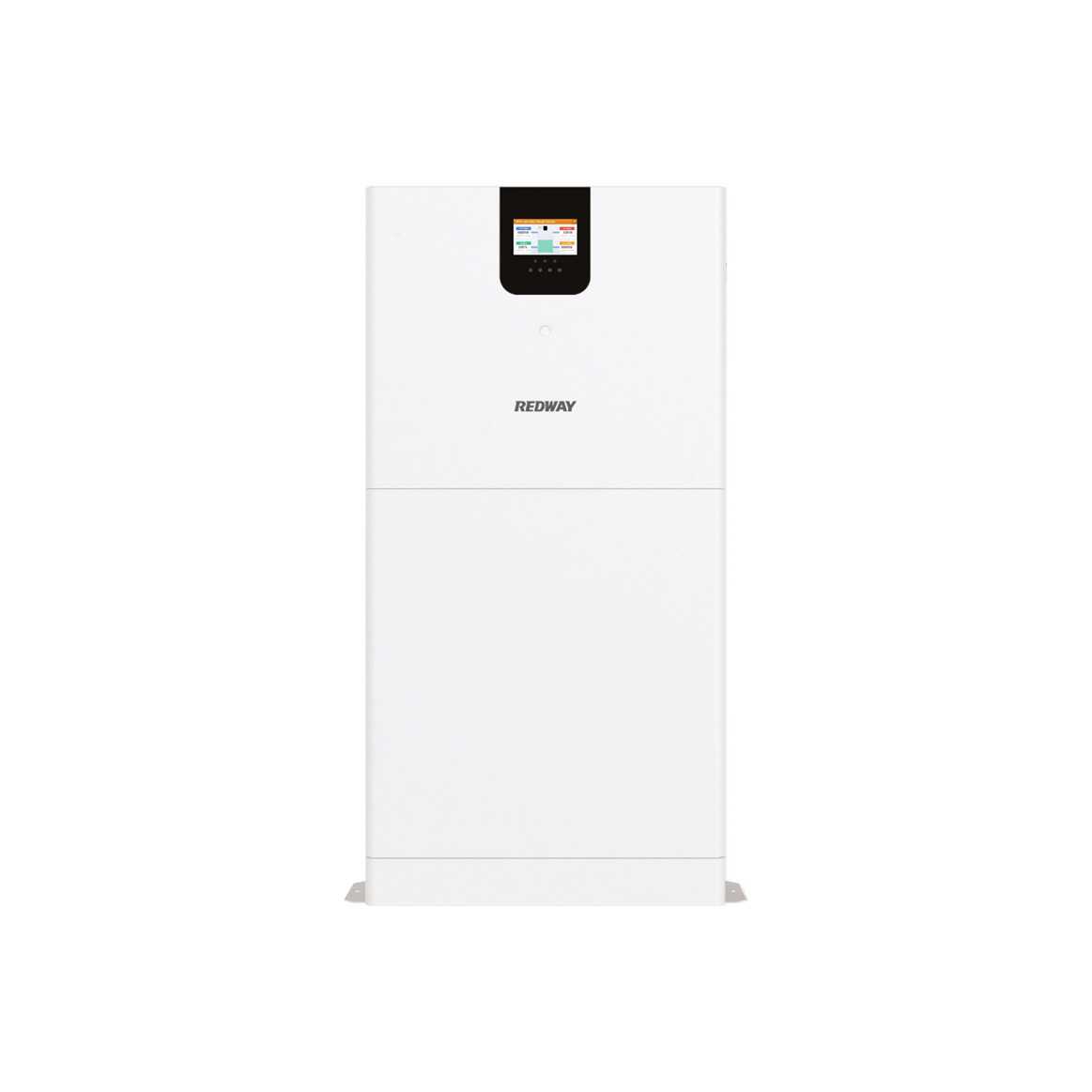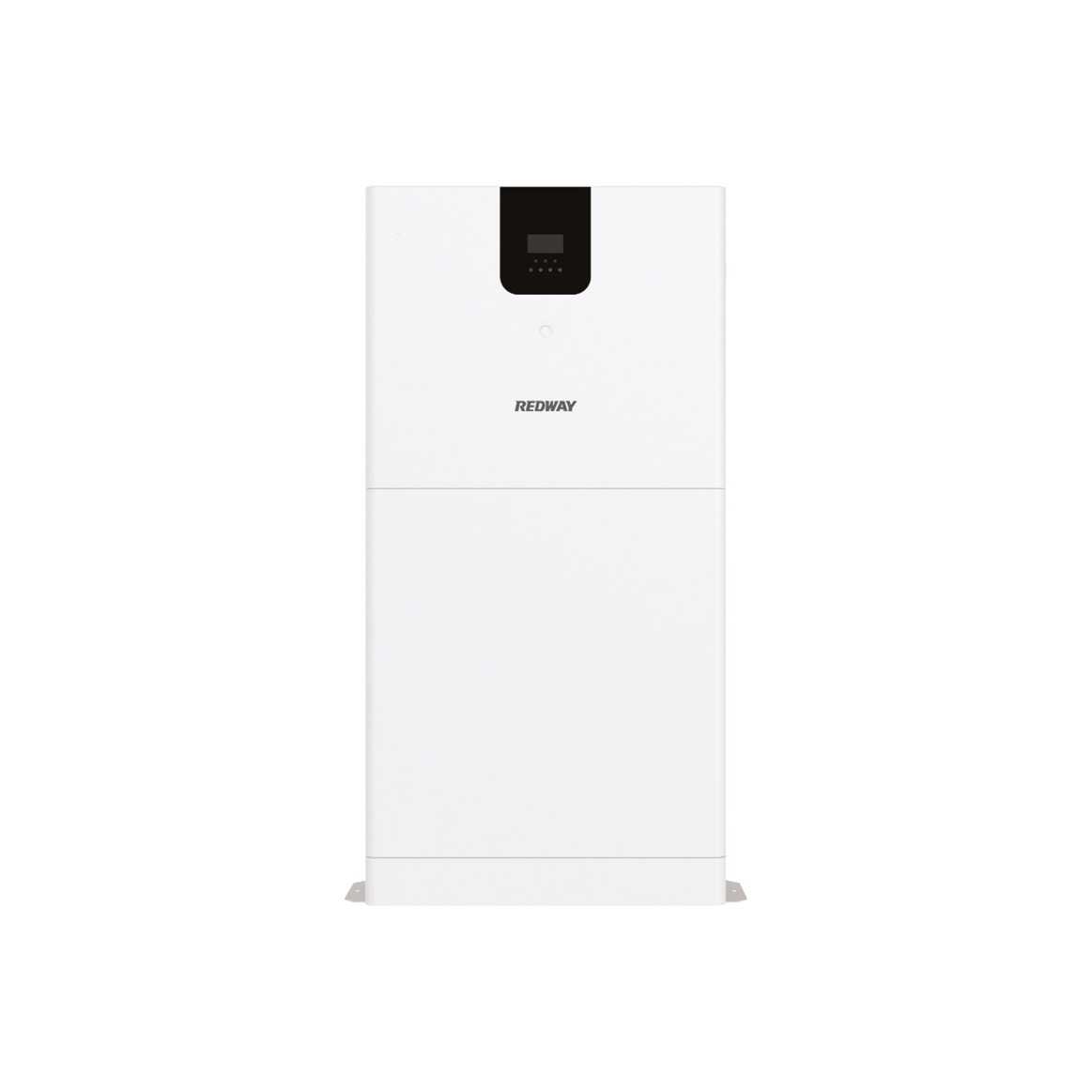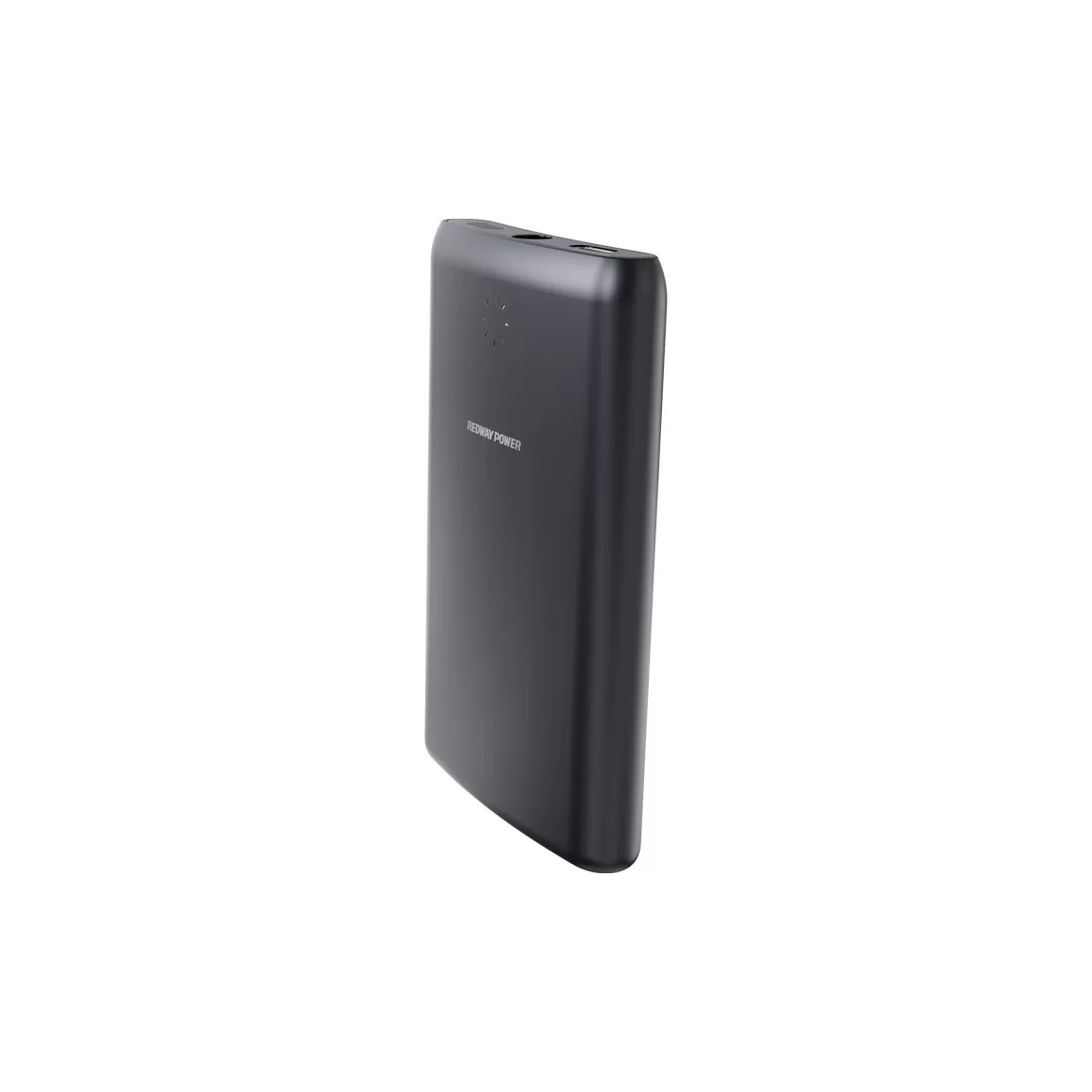
Understanding the Different Types of Lithium-Ion Batteries: A Comprehensive Guide
Introduction
Welcome to our comprehensive guide on understanding the different types of lithium-ion batteries! In today’s fast-paced technological world, these energy powerhouses have become an integral part of our daily lives. From powering our smartphones and laptops to revolutionizing electric vehicles and renewable energy storage, lithium-ion batteries have truly transformed the way we live.
But have you ever wondered what makes one lithium-ion battery different from another? Why are some better suited for certain applications while others excel in specific performance areas? In this blog post, we will delve into the fascinating world of lithium-ion batteries, exploring their history, design and format, uses and applications, performance and lifespan, characterization and safety aspects, supply chain and research advancements. And most importantly, we will compare the various types of lithium-ion batteries currently available in the market.
So whether you’re a tech enthusiast looking to expand your knowledge or someone considering investing in a new device or vehicle powered by these incredible energy sources – sit back, relax (with your own trusty lithium-ion-powered device!) – as we embark on an illuminating journey through the realm of lithium-ion batteries. Let’s get started!
History of Lithium-Ion Batteries
Lithium-ion batteries have quite the fascinating history. Developed in the 1970s by M. Stanley Whittingham, they were initially made from titanium sulfide and lithium metal. However, their potential was limited due to safety concerns with the use of volatile lithium metal. It wasn’t until the early 1990s that Sony commercialized a safer version using graphite anodes and lithium cobalt oxide cathodes, paving the way for modern-day applications!
Design and Format of Lithium-Ion Batteries
Lithium-ion batteries come in various shapes and sizes, each designed to meet specific requirements. The most common design is the cylindrical shape found in many electronic devices. Another popular format is the prismatic design, which allows for flexibility in fitting into different spaces. There are also pouch cells that offer lightweight and thin profiles for portable applications. With such diverse designs, lithium-ion batteries can be customized to power a wide range of devices!
Uses and Applications of Lithium-Ion Batteries
Lithium-ion batteries have become an indispensable part of our daily lives, powering a wide range of devices and applications. From smartphones and laptops to electric vehicles and renewable energy storage systems, these batteries provide the portable power we rely on. Their high energy density and long-lasting performance make them ideal for everything from consumer electronics to transportation. Whether you’re scrolling through your social media feed or driving an electric car, lithium-ion batteries are there, silently working behind the scenes to keep things running smoothly.
Performance and Lifespan of Lithium-Ion Batteries
When it comes to performance and lifespan, lithium-ion batteries are known for their impressive capabilities. These batteries offer high energy density, allowing them to deliver sustained power for longer periods of time. Additionally, they have a low self-discharge rate, meaning they can hold a charge even when not in use. With proper care and maintenance, lithium-ion batteries can last for several years, making them a reliable choice for various applications. Their longevity ensures that you get the most out of your investment!
Characterization and Safety of Lithium-Ion Batteries
Characterization and Safety of Lithium-Ion Batteries
Understanding the characterization and safety of lithium-ion batteries is crucial for their optimal performance. Characterization involves analyzing various parameters such as capacity, voltage, and resistance to ensure efficient operation. Safety measures include protecting against overcharging, overheating, and short circuits. Implementing these protocols helps prevent accidents and ensures the longevity of lithium-ion batteries. It’s important to stay informed about the latest safety standards to keep your devices powered safely!
Supply Chain and Research of Lithium-Ion Batteries
The supply chain and research of lithium-ion batteries play a crucial role in their development and availability. From sourcing raw materials to manufacturing processes, each step requires careful coordination. Ongoing research focuses on improving battery performance, lifespan, and safety. By understanding the intricacies of the supply chain and investing in innovative research, we can unlock new advancements in lithium-ion battery technology for various applications. Stay tuned to learn more about these exciting developments!
Comparison of Different Types of Lithium-Ion Batteries
When it comes to lithium-ion batteries, there are several different types available, each with its own unique characteristics. Understanding the differences between these battery types is crucial for choosing the right one for your specific needs. From Lithium Cobalt Oxide (LCO) to Lithium Titanate (LTO), let’s explore how these batteries differ in terms of performance, lifespan, and applications. It’s time to dive into the world of lithium-ion batteries!
Lithium Cobalt Oxide (LCO)
Lithium Cobalt Oxide (LCO) is one of the most commonly used types of lithium-ion batteries. It has a high energy density, making it ideal for devices like smartphones and laptops. However, LCO batteries have a shorter lifespan compared to other types. They are also prone to overheating and can be unstable if not handled correctly. Despite these limitations, LCO batteries continue to play an important role in our daily lives. So next time you charge your phone, remember the power of LCO!
Lithium Manganese Oxide (LMO)
Lithium Manganese Oxide (LMO) is another type of lithium-ion battery that’s gaining popularity. It offers a high energy density, making it ideal for applications like electric vehicles and portable electronics. LMO batteries have a longer lifespan compared to other types, with excellent thermal stability and safety features. With its unique composition, LMO provides reliable performance and is widely used in various industries. Its potential for further development and improvement makes it an exciting choice for the future!
Lithium Iron Phosphate (LFP)
Lithium Iron Phosphate (LFP) is one of the popular types of lithium-ion batteries. Known for its exceptional safety, LFP batteries are widely used in electric vehicles and renewable energy storage systems. With a long lifespan and excellent thermal stability, LFP batteries offer reliable performance in demanding applications. Its high energy density makes it an ideal choice for portable devices as well. Let’s dive deeper into the world of LFP batteries and explore their unique characteristics!
Lithium Nickel Manganese Cobalt Oxide (NMC)
Lithium Nickel Manganese Cobalt Oxide (NMC) is a popular choice for lithium-ion batteries due to its high energy density and improved stability. With a combination of nickel, manganese, and cobalt, NMC offers a balance between power and capacity. It is commonly used in electric vehicles and portable electronics. NMC batteries provide reliable performance and have a longer lifespan compared to other types of lithium-ion batteries. Their versatility makes them ideal for various applications in today’s technology-driven world.
Lithium Nickel Cobalt Aluminum Oxide (NCA)
Lithium Nickel Cobalt Aluminum Oxide (NCA) is a popular type of lithium-ion battery known for its high energy density and excellent performance. It combines the benefits of nickel, cobalt, and aluminum to deliver impressive power output and longer lifespan. NCA batteries are commonly used in applications like electric vehicles and portable electronics. With their superior capacity and stability, NCA batteries continue to play a crucial role in advancing technology and powering our modern world.
Lithium Titanate (LTO)
Lithium Titanate (LTO) is a type of lithium-ion battery that offers exceptional performance and longevity. With its unique structure, LTO batteries can deliver high power output and have an extended cycle life. These batteries are commonly used in applications that require rapid charging and discharging, such as electric vehicles and energy storage systems. The superior safety features of LTO batteries make them a reliable choice for various industries.
Conclusion
Lithium-ion batteries have revolutionized the way we power our devices, from smartphones and laptops to electric vehicles and renewable energy systems. Understanding the different types of lithium-ion batteries is crucial for choosing the right one for your specific needs.
In this comprehensive guide, we explored the history, design, uses, performance, characterization, safety, supply chain, and research of lithium-ion batteries. We also compared various types such as Lithium Cobalt Oxide (LCO), Lithium Manganese Oxide (LMO), Lithium Iron Phosphate (LFP), Lithium Nickel Manganese Cobalt Oxide (NMC), Lithium Nickel Cobalt Aluminum Oxide (NCA), and Lithium Titanate (LTO).
Each type has its unique characteristics in terms of energy density, power density, cost-effectiveness, lifespan, safety features. By understanding these differences and considering factors like application requirements and budget constraints you can make an informed decision.
As technology continues to advance rapidly in battery manufacturing and innovation processes are ongoing to improve efficiency while reducing costs. It’s an exciting time for lithium-ion batteries as they play a vital role in shaping a more sustainable future.
So whether you’re looking to power your portable electronic devices or seeking alternative solutions for renewable energy storage or electric transportation systems – now armed with knowledge about the different types of lithium-ion batteries – choose wisely!
Related Posts
- ¿Vale la pena invertir para los gerentes de hoteles en la batería de litio LiFePO4 de 20 KWh, 205 V CC y 100 Ah? Un análisis costo-beneficio.
- ¿Tesla utiliza LiFePO4? OEM de la fábrica del fabricante de la batería LiFePO4 de 48V 50Ah
- ¿Tesla utiliza baterías LiFePO4?
- ¿Son las baterías LiFePO4 más seguras que otras baterías de iones de litio?
- ¿Se pueden congelar las baterías LiFePO4? Consejos para prevenir daños por frío
- ¿Se pueden cargar las luces solares cuando están apagadas? Esto es lo que necesitas saber
